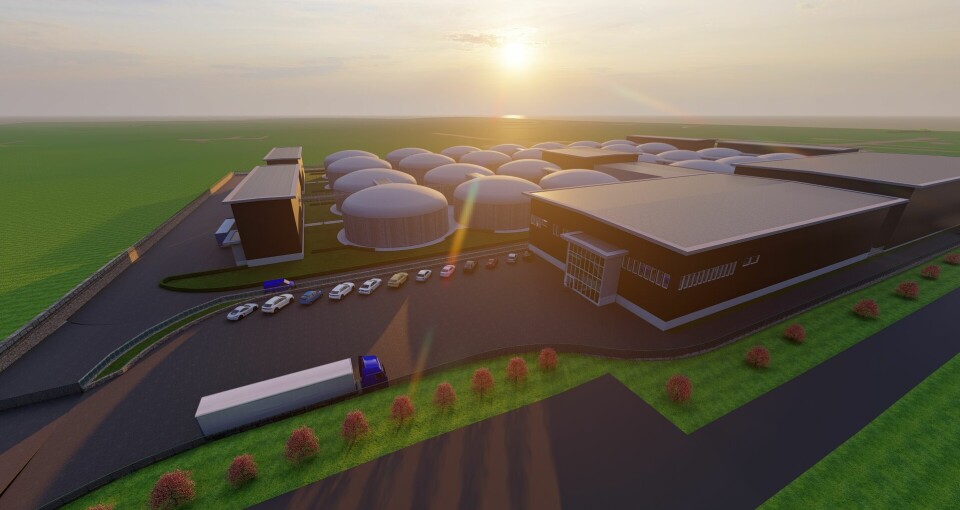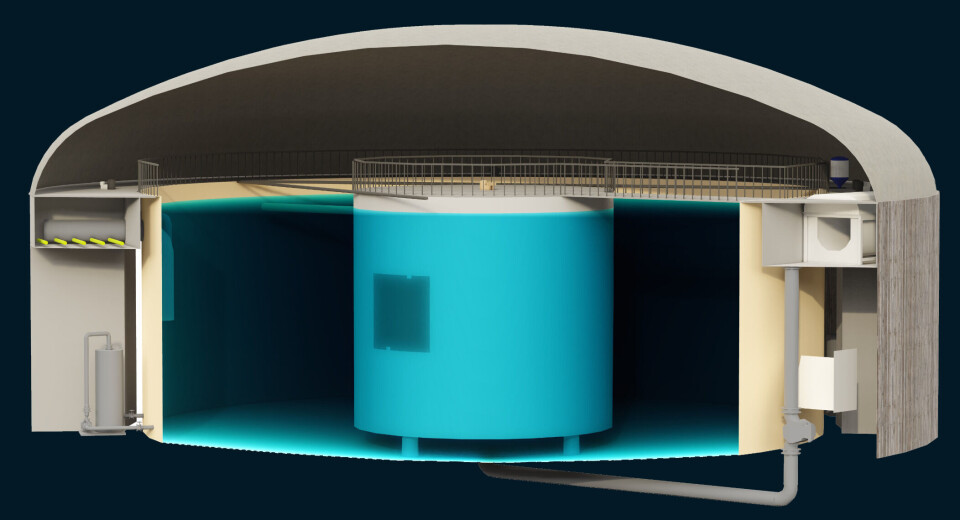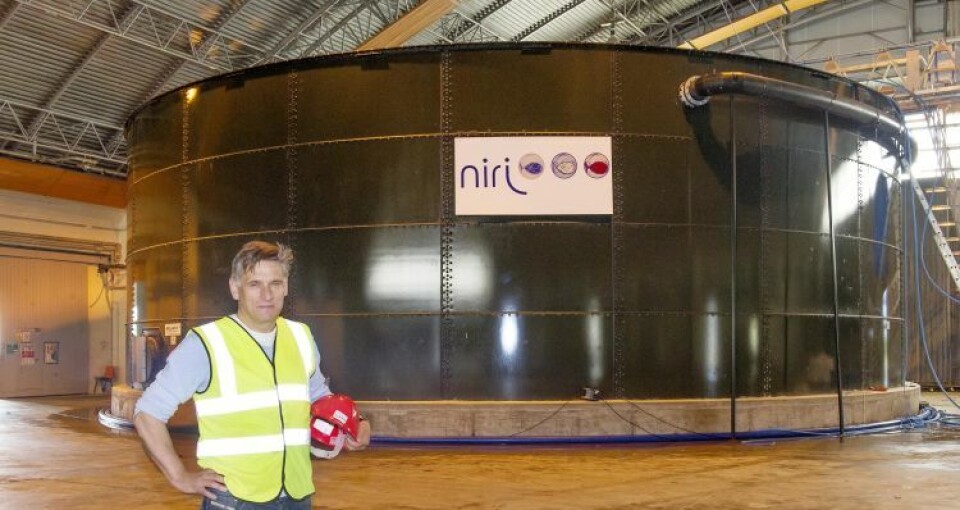
Potential Machrihanish fish farmer moves forward in Norway
EcoFishCircle subsidiary wins permit for 6,000-tonne ‘m-RAS’ development
A land-based salmon farmer with plans to grow fish at a former RAF base in Scotland has won a key permit for its first large-scale site in Norway.
Lista Laks is a subsidiary of EcoFishCircle (EFC), which has developed a novel recirculating aquaculture system called the m-RAS that is integrated with other processes that use carbon dioxide from the fish to grow protein for fish feed and make hydrogen from water.
In June 2021, Lista Laks applied to initially grow 6,000 tonnes of salmon a year at a planned land-based farm at Lista in Farsund municipality, southwest Norway, but permission was refused by the Norwegian Food Safety Authority. The company has now won permission on appeal after submitting enhanced documentation to the authority.
EFC operates a pilot facility at Lyngdal, also in southwest Norway, and has had two harvests from a 150m³ pilot tank capable of producing 15 tonnes of fish annually. It expects to complete development of a 120-tonnes-per-year tank by Q3 2024.

The farm at Lista will consist of 26 independent m-RAS modules, with associated smolt production and a slaughter facility. Because each module is self-contained, the plant’s development will take place in stages by installing individual modules which each have an annual capacity of 500 tonnes of biomass.
EFC has a Scottish subsidiary, EFC Scotland Ltd, which was previously known as Niri Scotland Ltd, and which operated a large self-contained RAS tank in a hangar at the former RAF Machrihanish base near Campbeltown on the Kintyre peninsula. EFC has permission to produce 4,000 tonnes of salmon a year on the site, although there is room for much more.
When Niri Scotland was for sale in 2018, the company’s managing director, Gordon Boyle, told Fish Farming Expert: “The tank they have in the hangar can hold over 20,000 fully grown 4.5-5 kilo fish, and I would estimate you could have 12 of that size of tank inside the hangar, no problem at all.
“In addition to that they have 60 acres of land around the hangar, so you could have dozens of tanks, and therefore produce millions of fish, if you wanted to.”

Niri founder and managing director Arve Gravdal, who later left the company, grew 26,000 fish in the tank at Machrihanish but they were never harvested for market, with media reports in 2017 indicating that the fish had died after chemicals got into the water supply of the recirculation system during the repair of the main water inlet.
Gravdal told Fish Farmer website: “ We took out the fish a couple of months ago. The fish were market size and we took them out and froze down the lot but we stopped the project there. ”
Served their purpose
In 2018 Niri’s then chairman, Trond-Inge Kvernevik, who was appointed by a new board of directors, said the fish had served their purpose by proving they could be successfully grown.
“We wanted to benchmark certain production targets, certain documentation out of that batch of fish, and from my perspective I see that the history of the project, also before the new board came in, was that there were certain operational challenges,” he explained.
“I would say that the project was under-funded, the funding was intermittent, which didn’t give a very easy management situation on site. Some incidents occurred, early in the project, with some stress on the fish.”
Extremely useful phase
He concluded that the Machrihanish experiment had been “an extremely useful phase for Niri that has allowed us to upgrade our technology to an industrial standard and prepare the company to take on the market as a competitive supplier for land-based farming of both post-smolt and harvest size salmon”.
Describing its projects on its website, EFC says Machrihanish will be its third facility, after Lyngdal and Lista.
“Like Lista, the area is a former military base, with correspondingly available infrastructure and areas,” says EFC. “This facility is the third to be planned (start up 2027+), and the natural next step in our scaling.”






















































